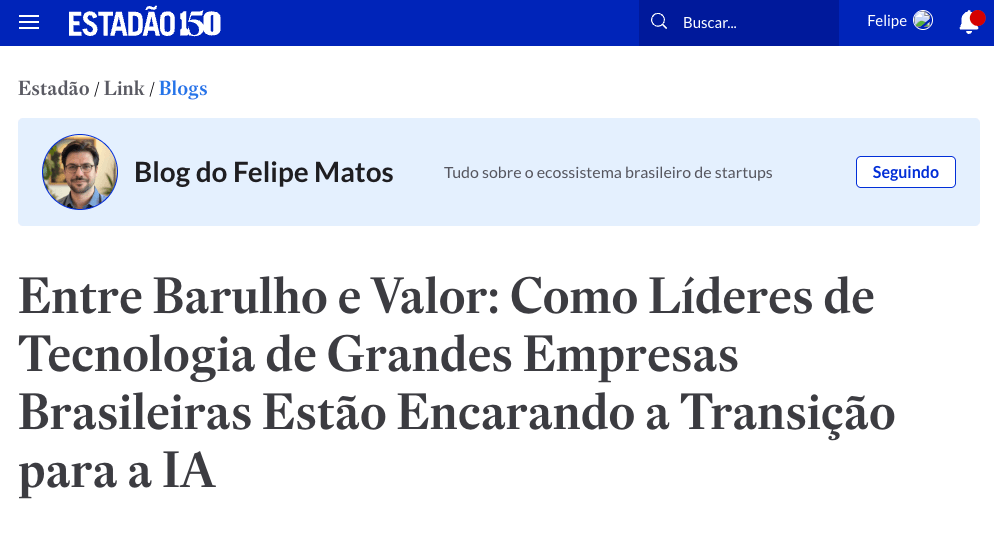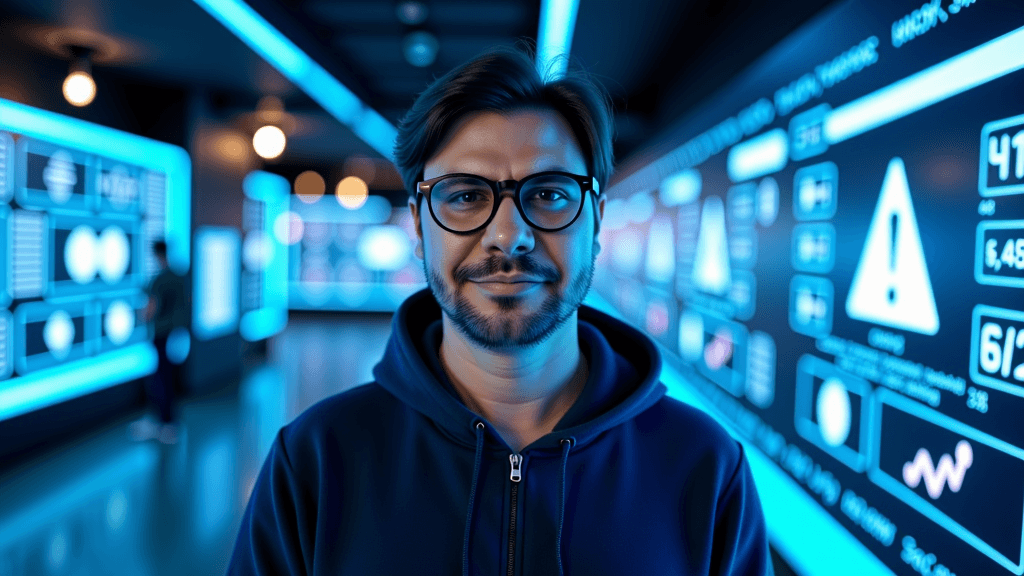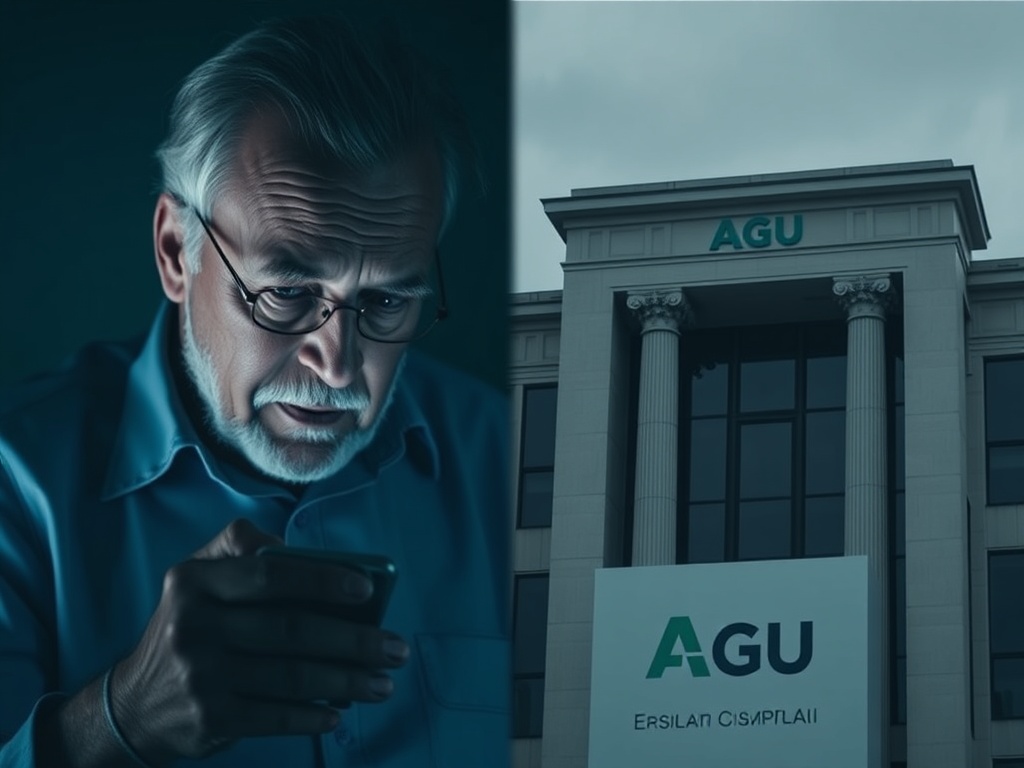All blog posts
Insights on startups, AI, innovation, the future of work and technology education. Practical strategies for impact businesses and digital transformation.
Technological Leadership: How Large Brazilian Companies Face the Transition to Artificial Intelligence
August 27, 2025 | by Felipe Matos
No meu novo artigo para o Estadão, escrevo sobre o encontro com a futurista Monika Bielskyte no IT Forum Praia do Forte 2025. Radicada na África do Sul, com colaborações com Nike, Google e Fórum Econômico Mundial, ela traz uma proposta transformadora: centrar o debate no ser humano, não na tecnologia. Em vez de miragens de carros voadores ou colonização de Marte, Monika nos convoca a pensar um futuro que se constrói no presente, com escolhas cotidianas e responsabilidade. Entre utopia e distopia, ela sugere a **protopia** – a evolução incremental de mundos possíveis, desejáveis e mais justos. Como pessoa neurodivergente e autista, ela vê a inclusão como motora de inovação real, considerando tecnologias biológicas ainda mais relevantes que as digitais. Para ela, IA deve ser infraestrutura de cuidado, a serviço das pessoas, com alfabetização não só técnica, mas ética. O artigo também explora como o olhar do sul global oferece uma ética do real para adoção de IA no Brasil, evitando soluções “copy-paste” e criando respostas mais honestas às nossas urgências.
Leia o artigo completo aqui: Towards Better Gifts: A Presentista Futurist(Estadão)










